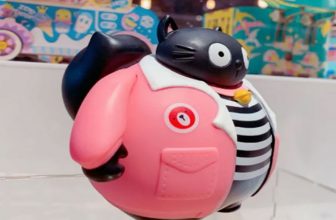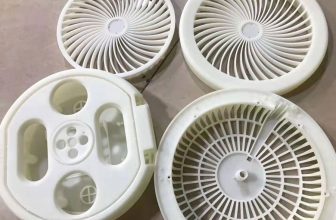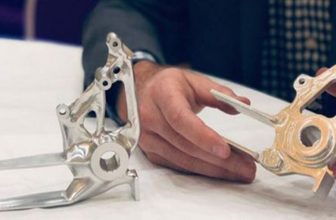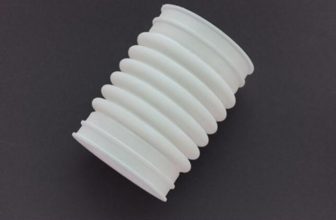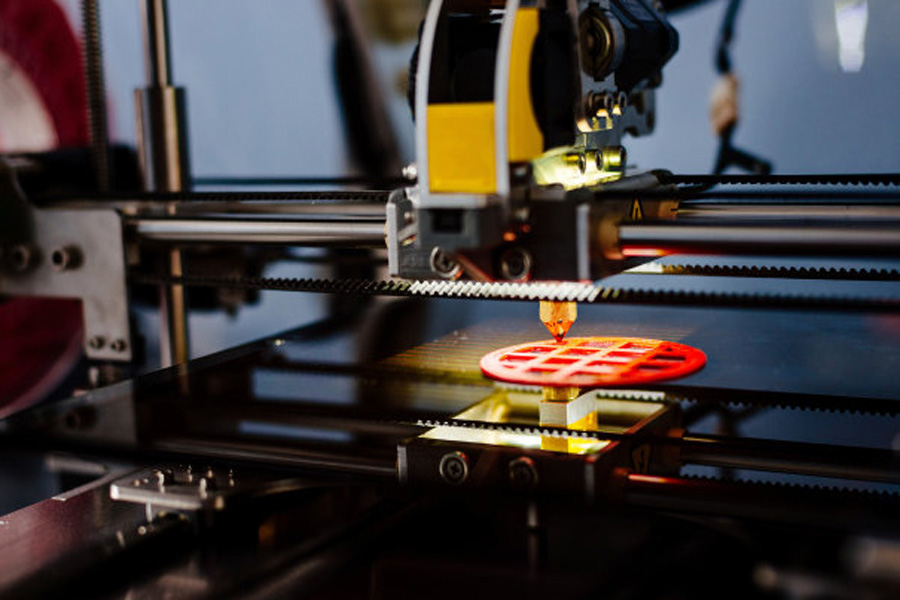
When 3D printing models, the support is definitely inseparable. If there is no support, those suspended or tilted models will not be printed, so this is also an unavoidable troublesome link. Next, let’s talk about this support in detail.
- When is a support structure needed?
When the model has a suspended or bridge structure, and there is nothing to support underneath, a supporting structure is needed. Not all suspension requires support. If the vertical angle of a suspended inclination is less than 45 degrees, then the suspension can be printed without support. Between the connected layers, the horizontal offset of the 3D printer movement is very small (almost insignificant). Therefore, a layer is not completely superimposed on the previous layer, but superimposed on a smaller offset. This enables the printer to print suspended objects that are not too inclined vertically. Any suspension less than 45 degrees can be supported by the previous level. 45 degrees is generally considered to be the critical angle. If the verticality is less than 45 degrees, no support is needed. But the situation varies from person to person, and this depends largely on your printer, including the performance of the printer and the materials you are using. The performance of the printer is not good, and it may not be able to print a vertical 35 degree or 40 degree suspended object!
- Defects of 3D printing support structure
If you use 3D printing in production, you will care about the cost of each model. If you are an amateur on a tight budget, you may also be concerned about this issue. The 3D printing support structure significantly increases the cost of the model. The support structure consumes materials, which are then removed and discarded. Therefore, every time 3D printing adds a support structure, it increases the cost of the model. The support structure also increases printing time. Post-processing work is increased, such as removing supports. The supporting structure is successively inserted into the surface of the model. If the process of removing the 3D support is not careful, there may be defects on the surface of the model. In the worst case, part of the model may break along with the supporting structure. All in all, the use of supporting structures also has obvious drawbacks. Therefore, use as little support structure as possible and add support only when necessary.
- Support type
Tree support: The tree is a tree-like structure used to support the suspended part of the model. This type of 3D printing support is only connected to some suspended positions. The advantage of tree support is that it is easier to dismantle and will not damage the suspended bottom surface too much. But it should be noted that it is only suitable for non-planar dangling, such as nose tip, finger tip or arched shape. For the suspension of the plane, the tree support cannot provide sufficient stability.
Linear / bellows support: the more common type of support in 3D printing. This type of support consists of vertical columns, which are connected to the entire suspension. Almost every suspension and span bridge can use this kind of support. But it is more difficult to dismantle, and it may cause damage to the surface of the model.
- Dismantle support
First of all, observe the support structure, where there is no obstruction, and try to break the support with your fingers. As gently as possible. If the method is correct, most of the supports should fall off very easily. Use a tool to cut off some supports in the corners. There are different opinions about which tool is best to use. Ability to use needle-nose pliers, scrapers or carving knives. Naturally, it can also be used in combination. When using a knife or scraper, the model or blade can be heated moderately. This way the support structure is easier to cut off. A small butane spray gun can be used, but make sure not to damage the model. Many people do not recommend using a carving knife because it is very sharp and dangerous. Sandpaper is also a good tool.
- Chamfer
Another way to eliminate the support structure is chamfering. Chamfering is an ingenious method that can turn an originally annoying suspension into a safe suspension with an angle of less than 45 degrees. In short, in many cases, it is inevitable to use support structures. However, it is necessary to ensure the stability of the support structure as much as possible without wasting too much material, which is convenient for removal and does not damage the surface of the model.


